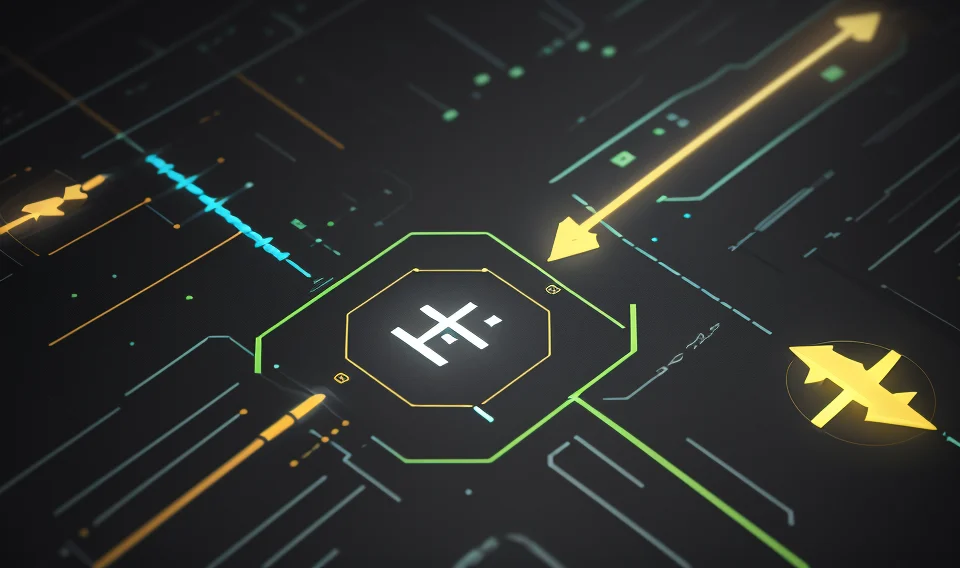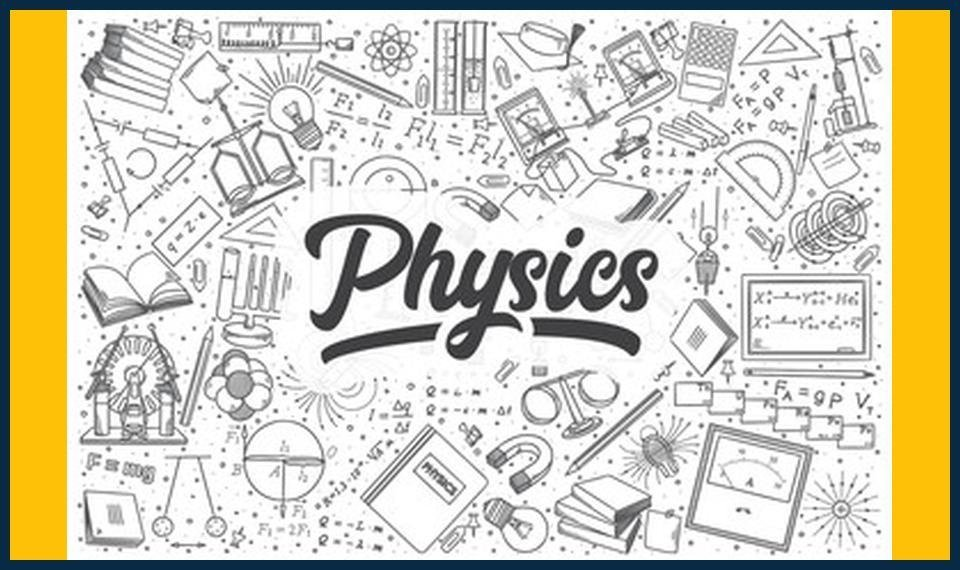![]()
Welcome back to our series on GCSE Physics! Today, we’re diving into a fascinating topic: Energy Stores and Transfers. Get ready to embark on an exciting journey through the world of energy as we make complex concepts simple and engaging.
**What is Energy?**
Before we delve into energy stores and transfers, let’s revisit the basics. Energy is the ability to do work or cause a change. It comes in various forms, each with unique characteristics and properties.
**Different Types of Energy**
1. **Potential Energy**
Potential energy is the stored energy that depends on the position or state of an object. Think of a ball held high above the ground—the higher it is, the more potential energy it possesses.
2. **Kinetic Energy**
Kinetic energy is the energy of motion. The faster the object moves, the more kinetic energy it has. A speeding car, for example, has a lot of kinetic energy.
3. **Electrical Energy**
Electrical energy is the energy produced by the movement of electric charges, such as electrons. It powers our homes, devices, and much of our modern world.
4. **Chemical Energy**
Chemical energy is the energy stored in the bonds between atoms in a substance. Imagine a battery—it stores chemical energy that is converted into electrical energy when we use it.
**Energy Transfers**
Energy doesn’t disappear; it just changes from one form to another. This process is known as energy transfer.
1. **Heat Transfer**
Heat transfer occurs when energy is transferred from one body to another due to a temperature difference. For instance, when you touch a hot cup of coffee, heat moves from the coffee to your hand.
2. **Sound Energy**
Sound energy is another form of energy transfer. When a drum is struck, the initial kinetic energy is transferred to the air molecules, causing sound waves.
3. **Electromagnetic Energy**
Electromagnetic energy, such as light and radio waves, is transferred through the movement of electric and magnetic fields.
**Energy Stores and Transfers in Everyday Life**
Understanding energy stores and transfers is crucial in our daily lives. For example, when you ride a bicycle, potential energy is stored in the pedals and wheels when you pedal, and it’s transferred to kinetic energy as you move forward.
Similarly, when you cook food on a stove, heat energy is transferred from the gas or electric burner to the pot, cooking your food. The electrical energy from your home is converted into heat energy, which is then transferred to your food.
**The Importance of Energy Efficiency**
Energy efficiency is a significant concept in our modern world. By understanding energy transfers, we can learn to use energy more efficiently. For instance, using a well-insulated flask can minimize heat loss, keeping your drink warmer for longer.
In conclusion, energy stores and transfers are vital concepts in GCSE Physics. Understanding these principles allows us to grasp not only the workings of the world around us but also to make informed decisions about energy usage in our daily lives.
So, next time you drink a warm drink from a well-insulated flask or ride a bicycle, remember the energy stores and transfers at play—and feel a little smarter about the world!
Stay tuned for more engaging and informative articles on GCSE Physics!




